Escaping the chaos
Millions of Venezuelans have been forced to leave their home country. Many have found refuge 2,000 miles away in Peru.
Even though both countries don't share a border, the Peruvian capital of Lima has become a safe haven for them.

Three million Venezuelans have left their home country since 2014. Inflation, crime, political instability, food and medicine shortages have forced them out of Venezuela.
Four in five people live in poverty in the country with a minimum monthly wage of less than five pounds. 93% of people can't afford the food they need and more than three quarters have lost an average weight of 19 pounds in one year alone.
This is why 7% of the population of Venezuela has left (that's twice the population of Birmingham).
Despite not sharing a border, Peru has been the second most popular destination for the migrants. More than half a million have settled in the Andean country after the government introduced a temporary permit to stay, tailor-made for them.
And since 2015, 730,000 Venezuelans have found a new home in Peru, more than 2000 miles away from their home country.

Venezuelans walking to Peru (Alonso Chero / El Comercio)
Venezuelans walking to Peru (Alonso Chero / El Comercio)
However, with nothing but the bare minimum to live, every day is a struggle for those who had no other option but to leave their home country.
These are their stories.

The Path to Peru
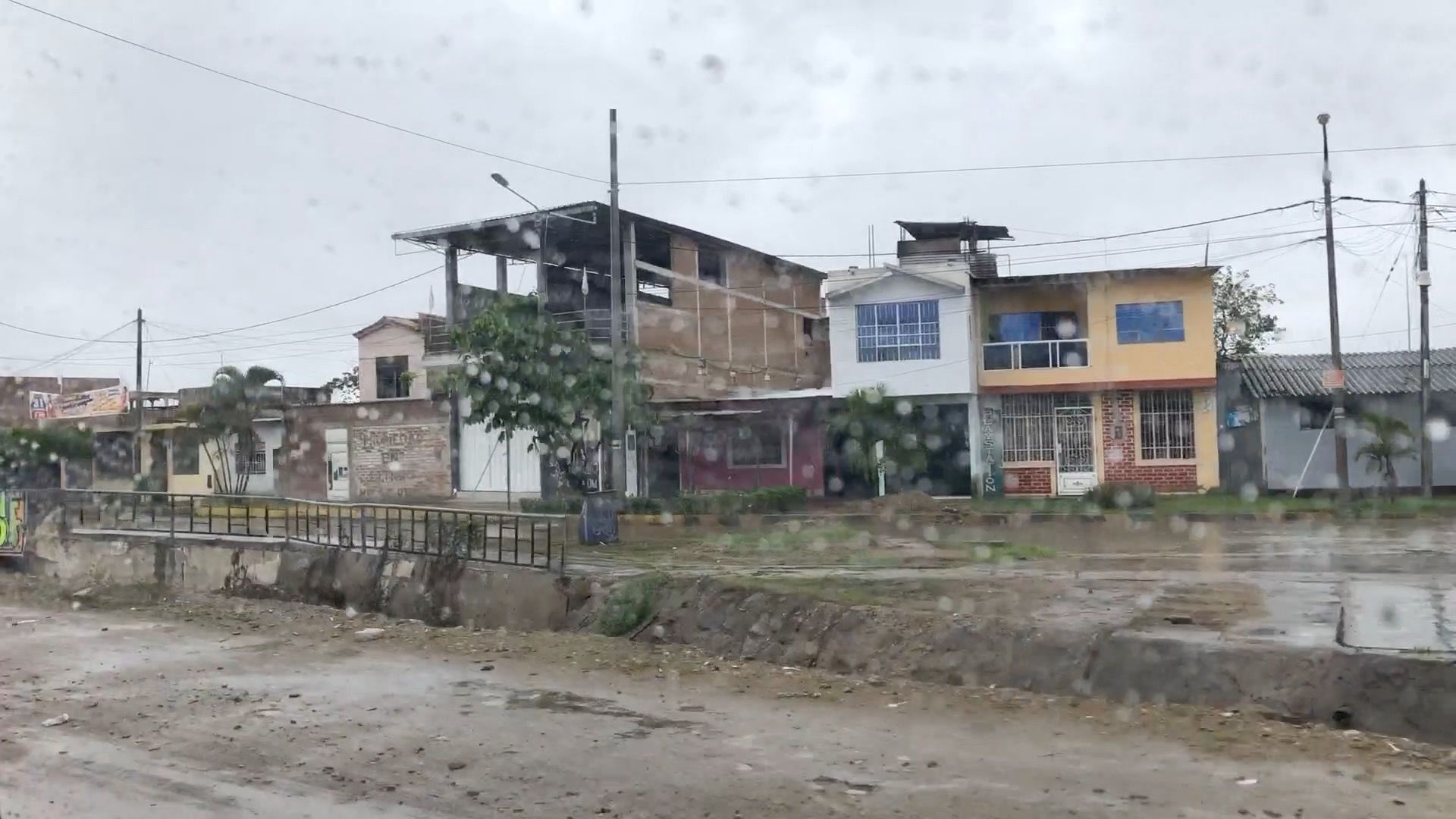
There are more than 2000 miles between Venezuela and Peru.
Due to the low salaries and increasing inflation, most Venezuelans have to sell their devaluated properties to pay for the journey.
Outward plane tickets prices are at an all-time high and most Venezuelans have to travel on buses for more than five days to get to Lima.
The route takes them through the warm country of Colombia and the cold, high-altitude of Ecuador; as they look to settle in Peru.
Leaving Venezuela
The journey inside the Peruvian territory begins at the Ecuadorian-Peruvian border.
Every day thousands of Venezuelans cross the International bridge looking for a new home.
The border, Tumbes and danger
The Ecuador-Peru International Bridge goes over the Zarumilla river as it connects the cities of Huaquillas (Ecuador) and Aguas Verdes (Peru). Both cities, although from different countries, look alike: a mixture of small shops, deteriorated roads and street vendors. Some shops even have Venezuelans sellers.
The bridge is a transit free zone and, although there are police stations on both sides. There’s no migration control.
Every day, hundreds of Venezuelans cross the bridge, ‘it has become normal to see them walk with their bags’ a local of Aguas Verdes vendor tells me.
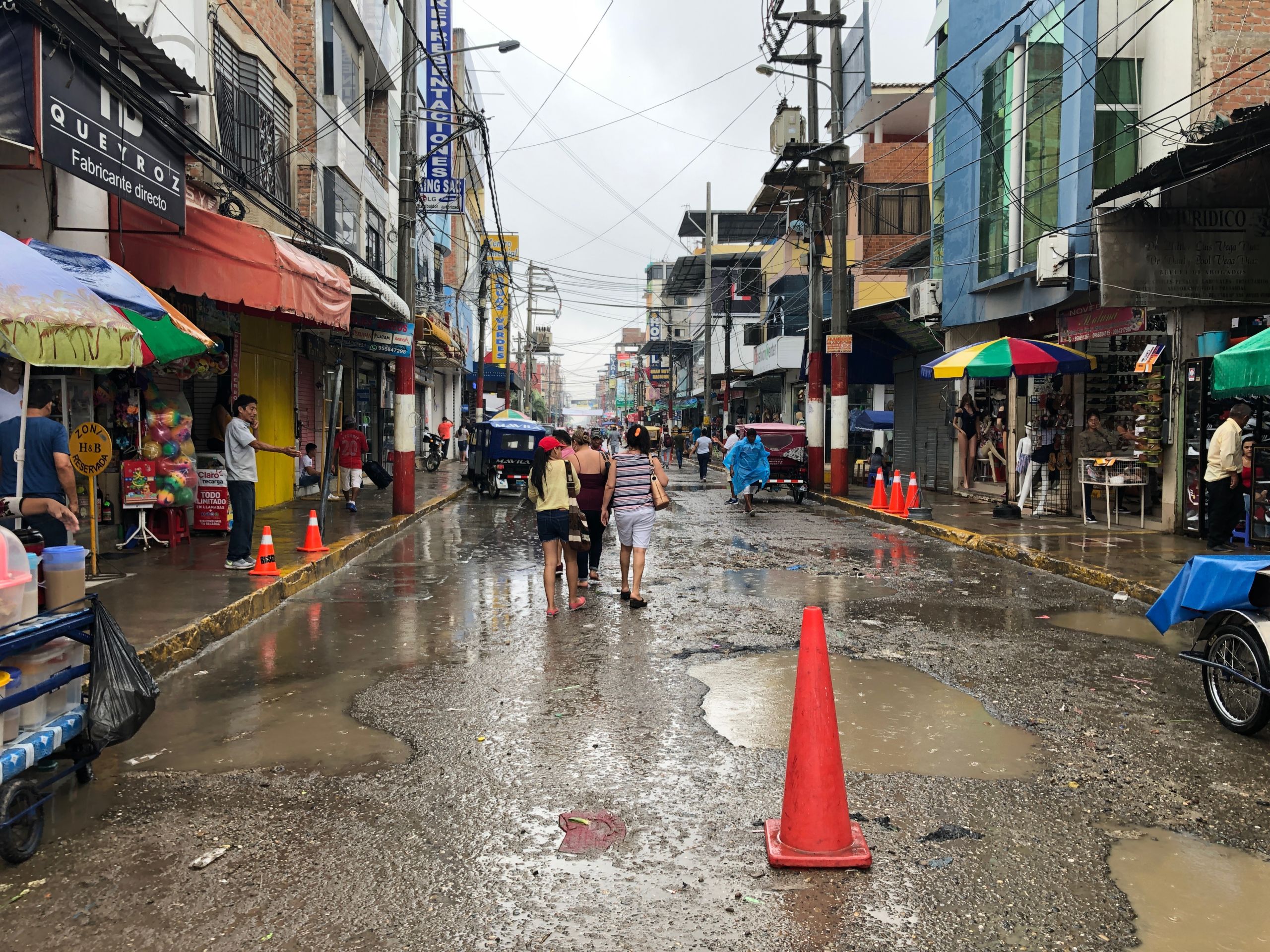
The city of Aguas Verdes, Peru
The city of Aguas Verdes, Peru
Money changers roam the streets on both sides and are the first to react as they see Venezuelans approaching. They try to offer them the best change rates from dollars to the Peruvian currency, soles. Perhaps unsurprisingly, these money changers do not change bolivares, the Venezuelan currency. ‘That’s worthless’ one of them says to me as another one laughs at me for even asking.
After exchanging their money, the walking migrants are then met by a different group of vendors in Aguas Verdes that try to sell them a ride to the city of Tumbes or the Emergency Border Care Centre.
Venezuelans step hopefully into Aguas Verdes, but the city hides a dark secret as extortion, contraband and murder are a constant fixture in the Peruvian town. And the police can't do a thing. It's no man's land.
The city is at its most unsafe during the night. Despite that, you can still find people smuggling goods such as gas and petrol in broad daylight.
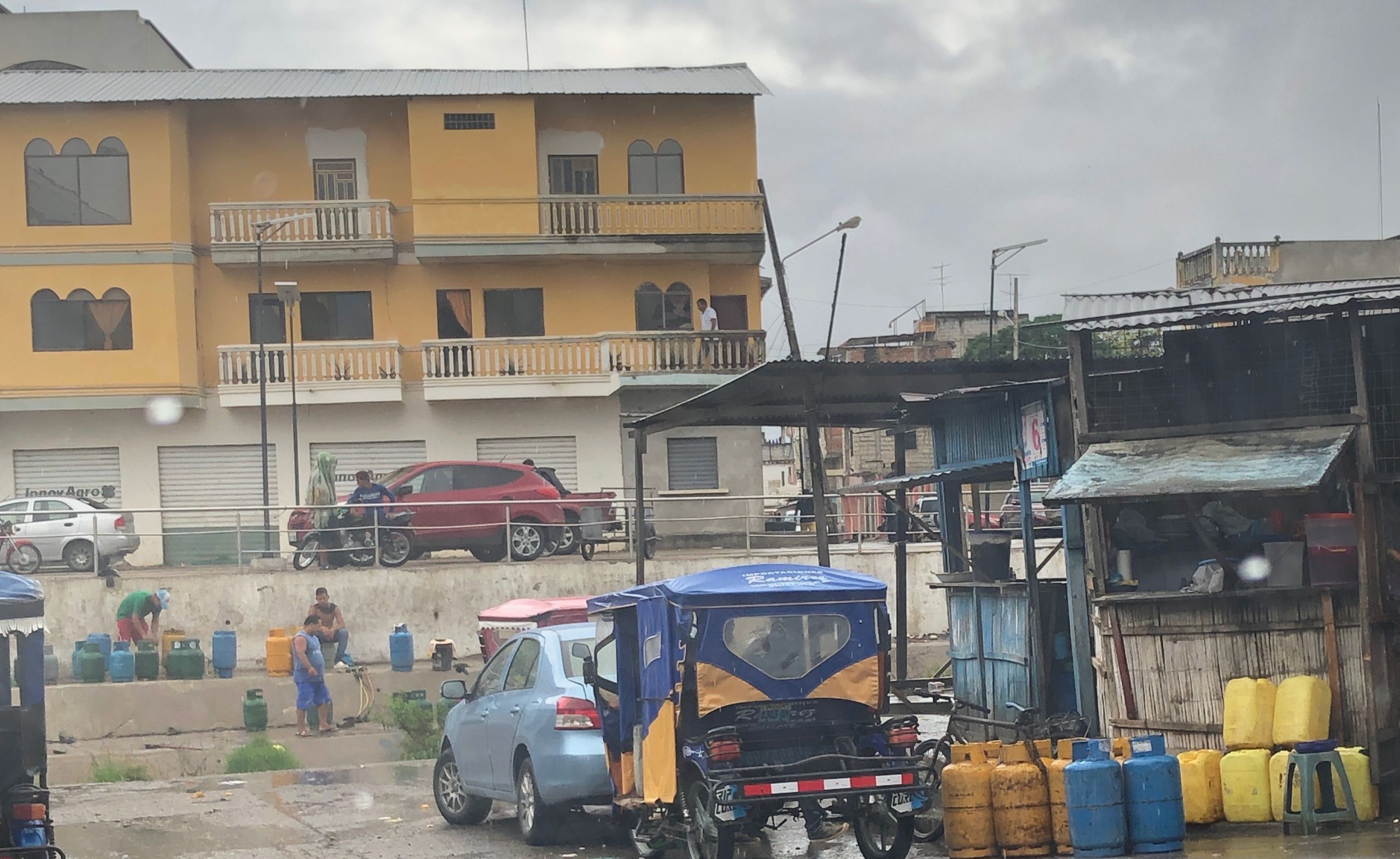
Gas containers smuggled from Ecuador to Peru
Gas containers smuggled from Ecuador to Peru
I ask a taxi driver about crime in the city and he replied with what he says is a common phrase there: "Life in Aguas Verdes is worth 2.50 soles (75p)". That's the cost of a bullet.
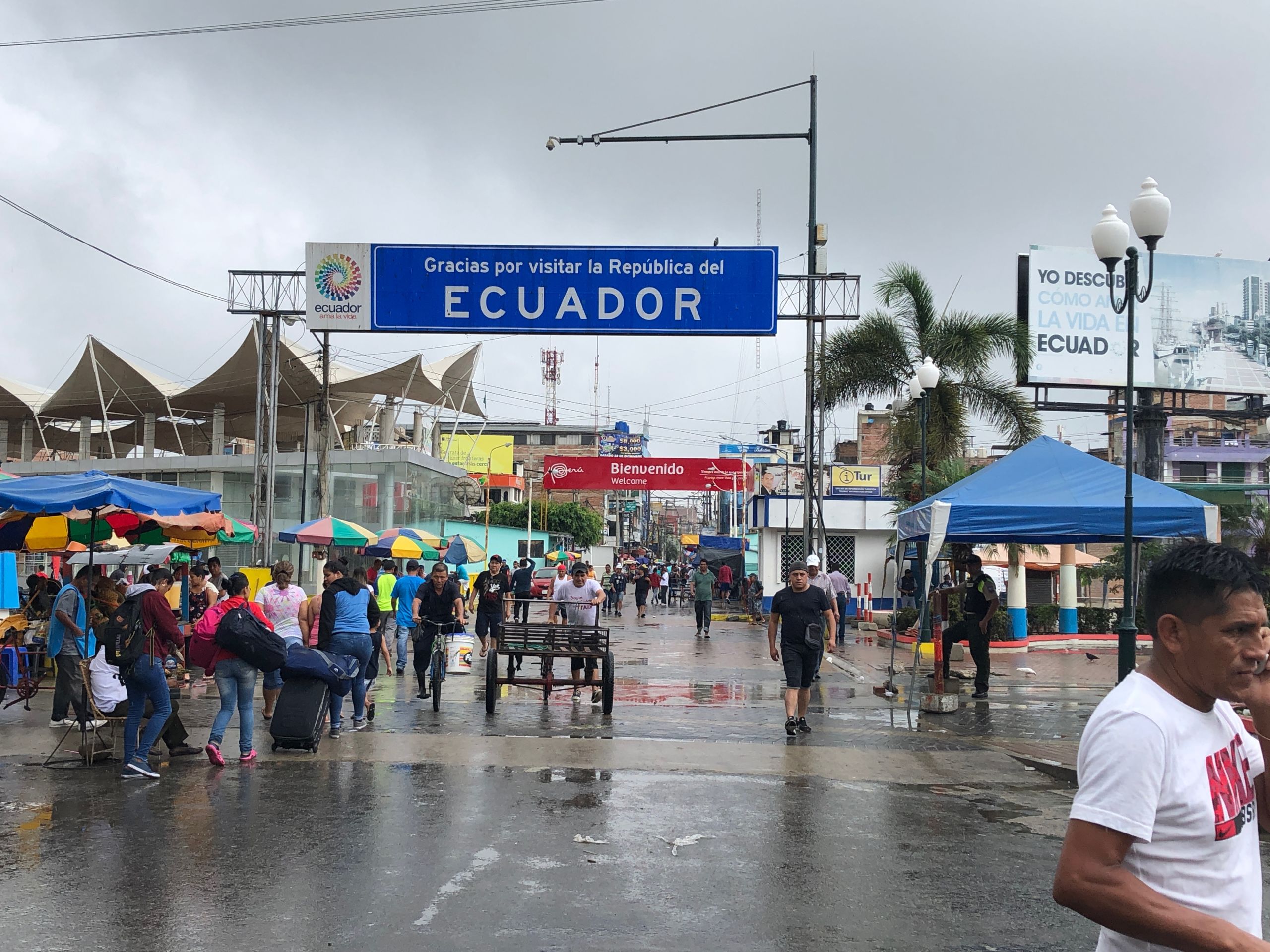
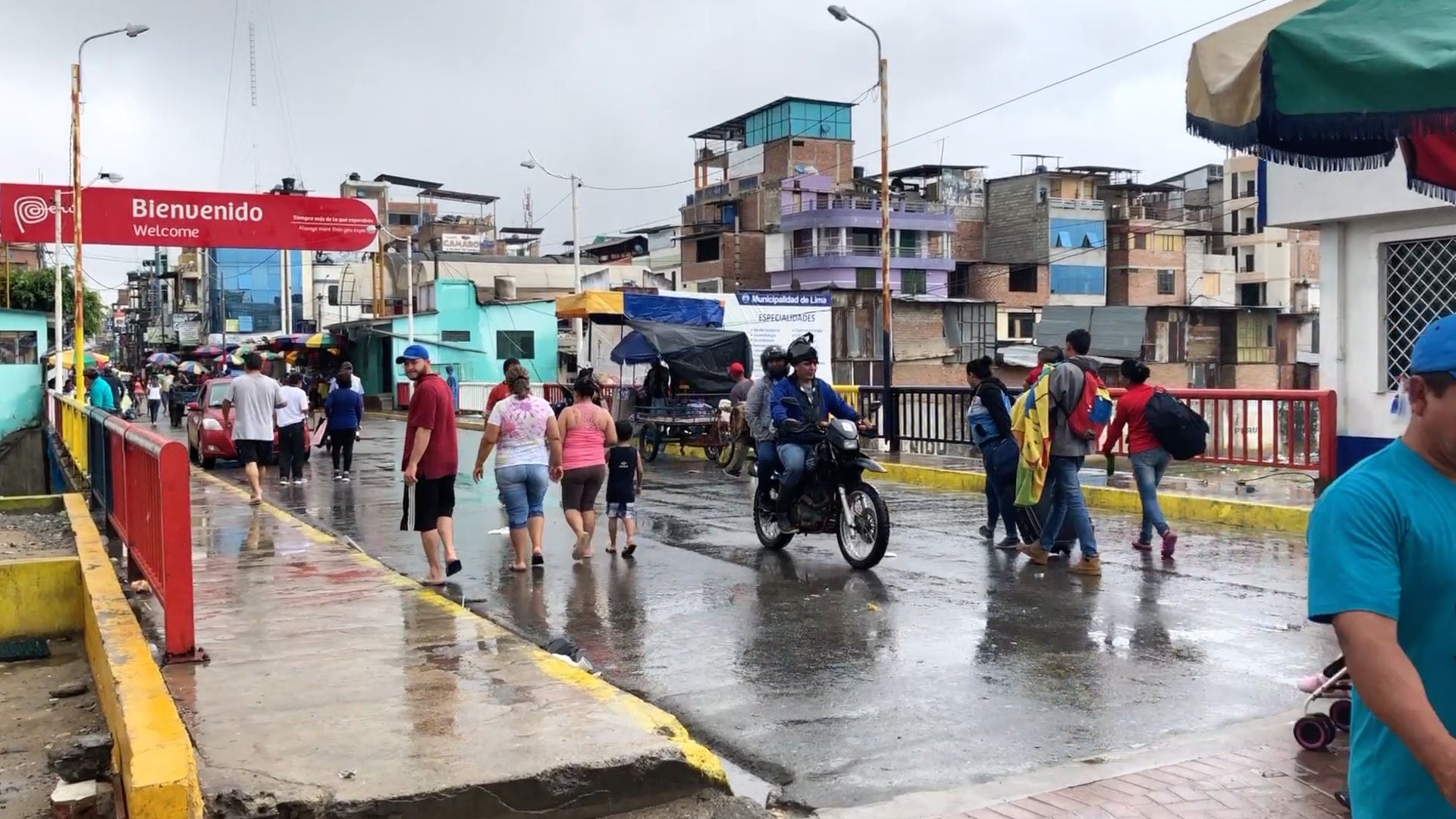
The next stop for most Venezuelans is the Emergency Border Care Centre or C.E.B.A.F. The locals of Tumbes refer to it as a small Venezuelan city.
Located right next to the border between Ecuador and Peru, the centre receives hundreds of Venezuelan migrants on a daily basis.

The Emergency Border Care Centre
The Emergency Border Care Centre
It has become a key place for most Venezuelans as they can access many of the things they can't get back home such as medicines and vaccines.
Dozens of tents have been set up inside the centre to provide specialist health services for adults, children and pregnant women.
Long queues can be seen outside the only bank in the centre as Venezuelans attempt to open their first bank account or send money somewhere else.

Venezuelans queue outside of the only bank in the centre
Venezuelans queue outside of the only bank in the centre
The centre is always busy as every two hours, new buses arrive with hundreds of Venezuelans on board.
And as some migrants turn up, small buses and even taxis start to pick up those that have been in the centre beforehand.
Some of them head directly to Lima, while others go to the bus station in Tumbes.

Tumbes' city centre
Tumbes' city centre
Tumbes is the first major Peruvian city that Venezuelans have to go through. And it isn't a very pleasant one.
The region has the highest murder rate in the entire country, and near the city centre, Venezuelan families can be seen roaming up and down the streets selling goods.
Not many Venezuelans stay in Tumbes, despite that nearly all of them go through the city.

Lima or nothing
Located 18 hours away from Tumbes, Lima is sometimes considered by Venezuelans as the only destination in Peru. And the numbers don't lie.
87% of all Venezuelans that live in Peru have settled in Lima. The small city has been flooded with migrants, who can be spotted in pretty much every part of the city.

Venezuelans selling food on the streets of Lima (Wikimedia Commons)
Venezuelans selling food on the streets of Lima (Wikimedia Commons)
Lima is the centre of the Peruvian economy and it accounts for almost half of the country's GDP. It is not a coincidence that this many Venezuelans have settled in the city.
However, not many Venezuelans have a place to stay upon their arrival in the capital of Peru.
But one place has stood out from the rest.
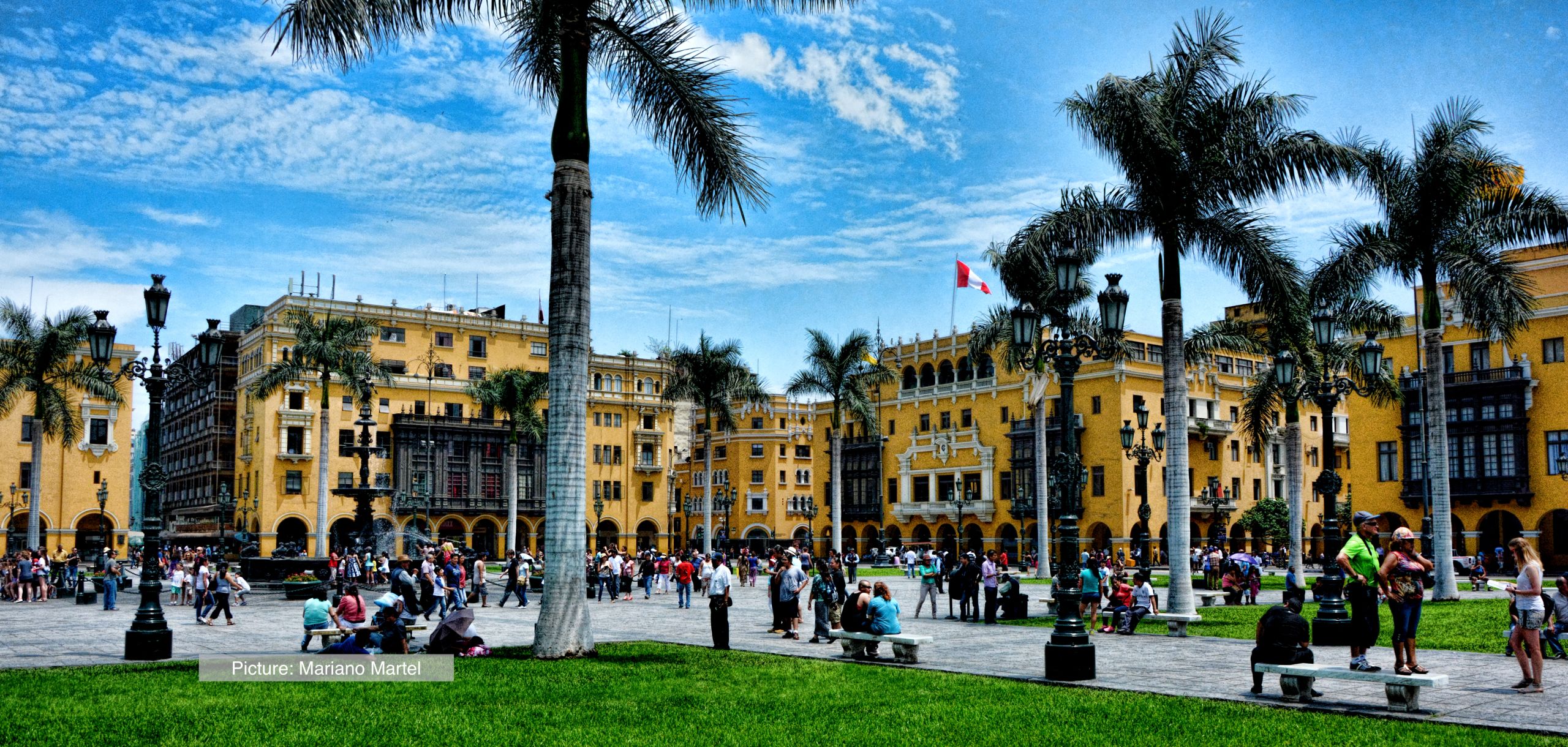
The Venezuelan Shelter 'No Borders' has been a blessing for many migrants who entered the country with nothing more than a dream.
When it first opened, back in 2017, it only sheltered 20 people. Nowadays, more than 180 migrants live in the same space.
Every day new Venezuelans arrive and others leave as the shelter is only a temporary place to stay. People are expected to leave after 15 or 20 days, once they have managed to find some sort of stability in the country.

The courtyard of the shelter
The courtyard of the shelter
During the daytime, the centre is usually filled with the elderly, children, babies and their mothers, as men go out looking for jobs.
The shelter is quite small and the children spend most of their time playing in the courtyard, where they might find toys they couldn't afford in Venezuela.
As you walk through the shelter, a big pile of mattresses emerges from behind a small tent in the courtyard. These have to be laid down every night inside the shelter for people to sleep on.

The pile of mattresses
The pile of mattresses
The shelter allows Venezuelans to look for a job without the fear of having to sleep on the streets. And for migrants who arrive in a foreign country sometimes that's all they need.
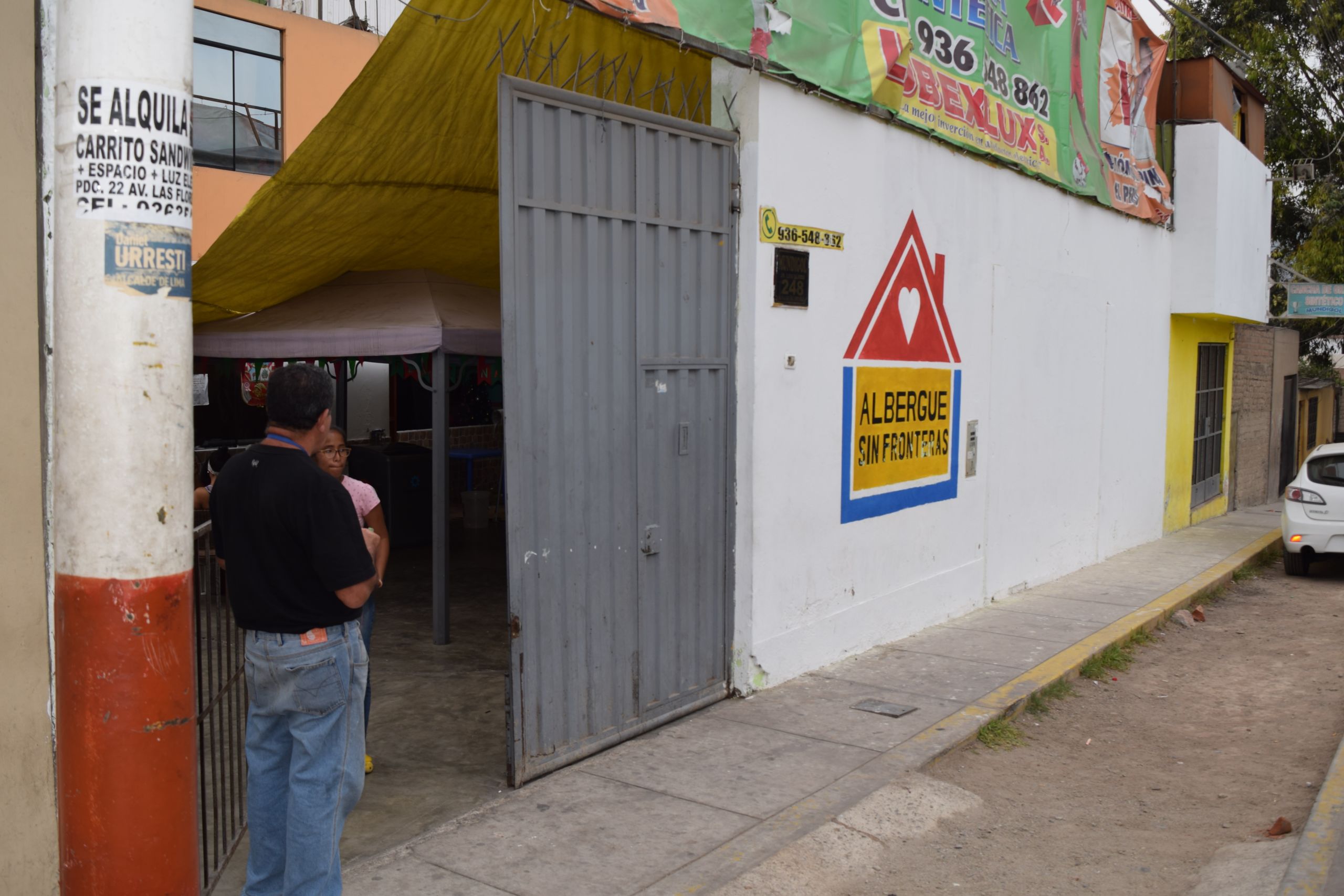
A helping hand

Despite not sharing a physical border, thousands of Venezuelans have settled in Peru thanks to a government's initiative: the temporary permit to stay (PTP).
Since it was introduced in January 2017, more than half a million Venezuelans have come and settled in the country.
The temporary permit to stay or the PTP, as its more commonly know, allowed them to work in Peru and access health and education services for one year. After it expired, they could apply for another permit to extend their stay for another year.

Former Peruvian President Pedro Pablo Kuczynski enacted the permit for Venezuelans (Wikimedia Commons)
Former Peruvian President Pedro Pablo Kuczynski enacted the permit for Venezuelans (Wikimedia Commons)
However, the measure came to an end and only the Venezuelans who entered the country by the 31st of October 2018 can still access the permit.
The policy was always meant to be temporary but the government never expected to receive this number of migrants.
More proposals have since been considered but the large number of incoming Venezuelans has also taken a toll on the country.
PTP and the next stage
Mercosur, also known at the Southern Common Market, is sort of South America's EU. It is a customs union that also allowing free movement of people. On the 1st of December 2016, Venezuela was suspended from it. As a result, their citizens lost the right to reside and work in most South American countries.
Shortly after, the Peruvian government introduced the temporary permit to stay for Venezuelans as they couldn't access Mercosur's benefit anymore. Ever since, 495,000 migrants applied for the permit before its expiration out of the more than 700,000 Venezuelans that have settled in the country until this date.
The policy was commended by the international community and most Peruvian politicians. However, it came under criticism by how much it cost the government, one that doesn't have that much money to spare.
Oscar Maurtua, former Chancellor of Peru, welcomed the move but believed that international organisations such as the UN and the IOM (International Organisation for Migration) could do more to support Peru as it is a country with tons of limitations.
"I think that Peru has acted with a solidary, humanitarian policy" - Oscar Maurtua
"I think that Peru has acted with a solidary, humanitarian policy" - Oscar Maurtua
The time periods to apply for the permit have also been a subject of controversy. The Peruvian government has changed the deadline to apply for the permit on several occasions, generating confusion among the already vulnerable Venezuelan migrants.
Juan Daniel Tapia, a Venezuelan activist and advisor to a Peruvian congressmen, outlined this problem but also worries for those Venezuelans who entered the country after the deadline to apply for the permit was over.
"I think the government could have done something better" - Juan Daniel Tapia
"I think the government could have done something better" - Juan Daniel Tapia

More than 100,000 Venezuelans have entered the country since the deadline for the permit passed. They will have to decide between living illegally in the country or leaving after 183 days (maximum time allowed on a tourist visa). Either way, they won't have the right to work in Peru.
Oscar Perez, president of the charity 'Venezuelan Union in Peru', has made a proposal to the Peruvian Chancellor, Nestor Popolizo. He wants all Venezuelans who missed the deadline to receive humanitarian visas to regularise their immigration status in Peru.
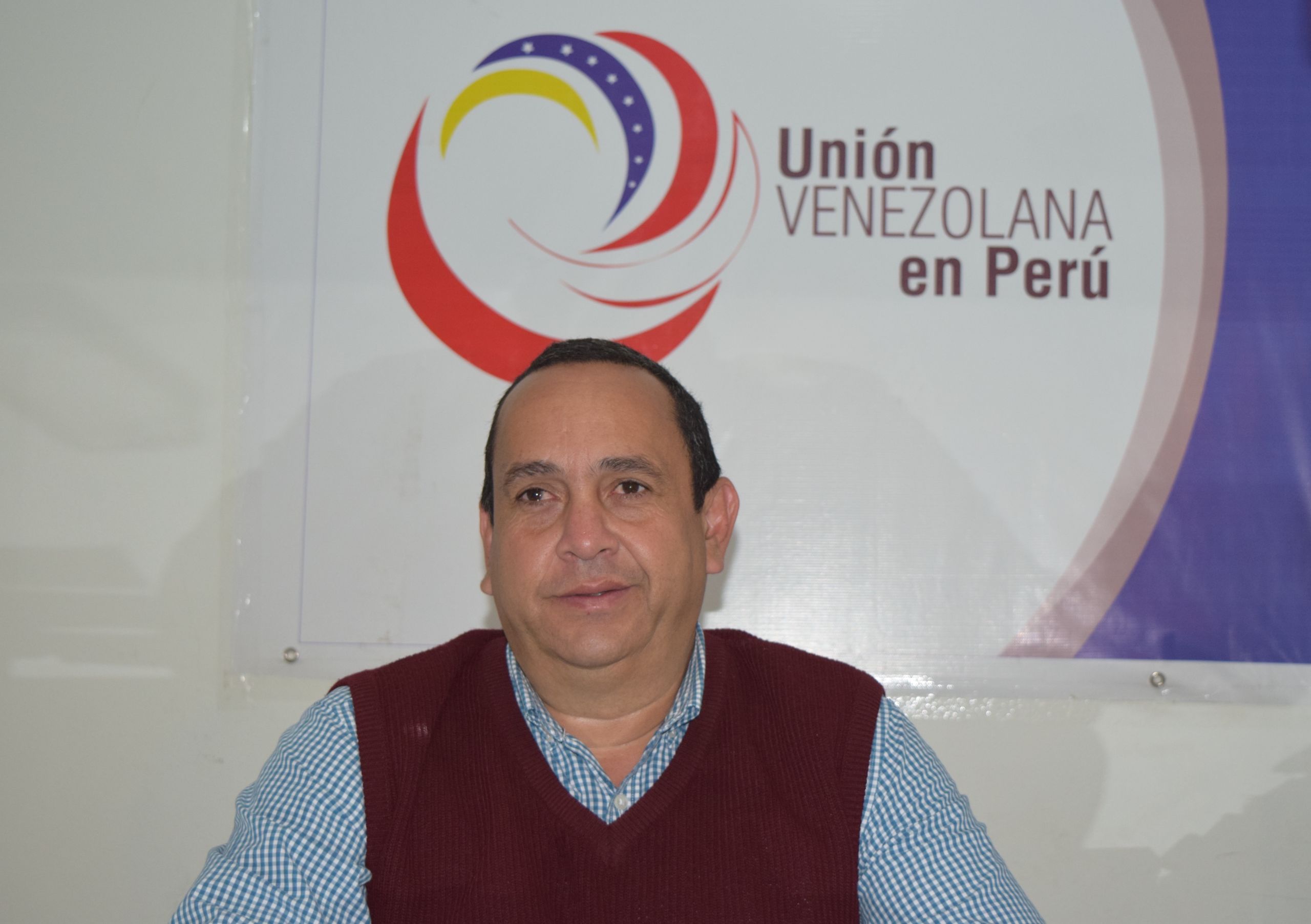
Oscar Perez, president of the charity 'Venezuelan Union in Peru'
Oscar Perez, president of the charity 'Venezuelan Union in Peru'
Chancellor Nestor Popolizo told a Peruvian newspaper that he is evaluating the possibility of giving humanitarian visas to Venezuelans but these could only be acquired through the Peruvian consulates in Venezuela.
This means that those 100,000 Venezuelans who missed the permit deadline will be stranded in Peru without the possibility of legalising their immigration status, unless they apply for a visa as refugees.
New proposals
With the end of the temporary permit and the possible creation of the humanitarian visa for those Venezuelans still in their home country, the focus of the Peruvian government has shifted to integrating the migrants into the working market.
According to Peruvian Migrations, 9 out of 10 Venezuelans who arrive in Peru are professionals. Their ability, however, can sometimes be wasted in the country as many of them don't work in their area of expertise.
Peru could benefit from their talents as they have a severe lack of professionals, specially outside of Lima.
In order to harness their talents, the Peruvian Chancellor is working alongside Oscar Perez on a plan to place Venezuelan professionals in different regions of the country.
"We have proposed our plan 'Productive Assimilation' to President Martin Vizcarra" - Oscar Perez
"We have proposed our plan 'Productive Assimilation' to President Martin Vizcarra" - Oscar Perez
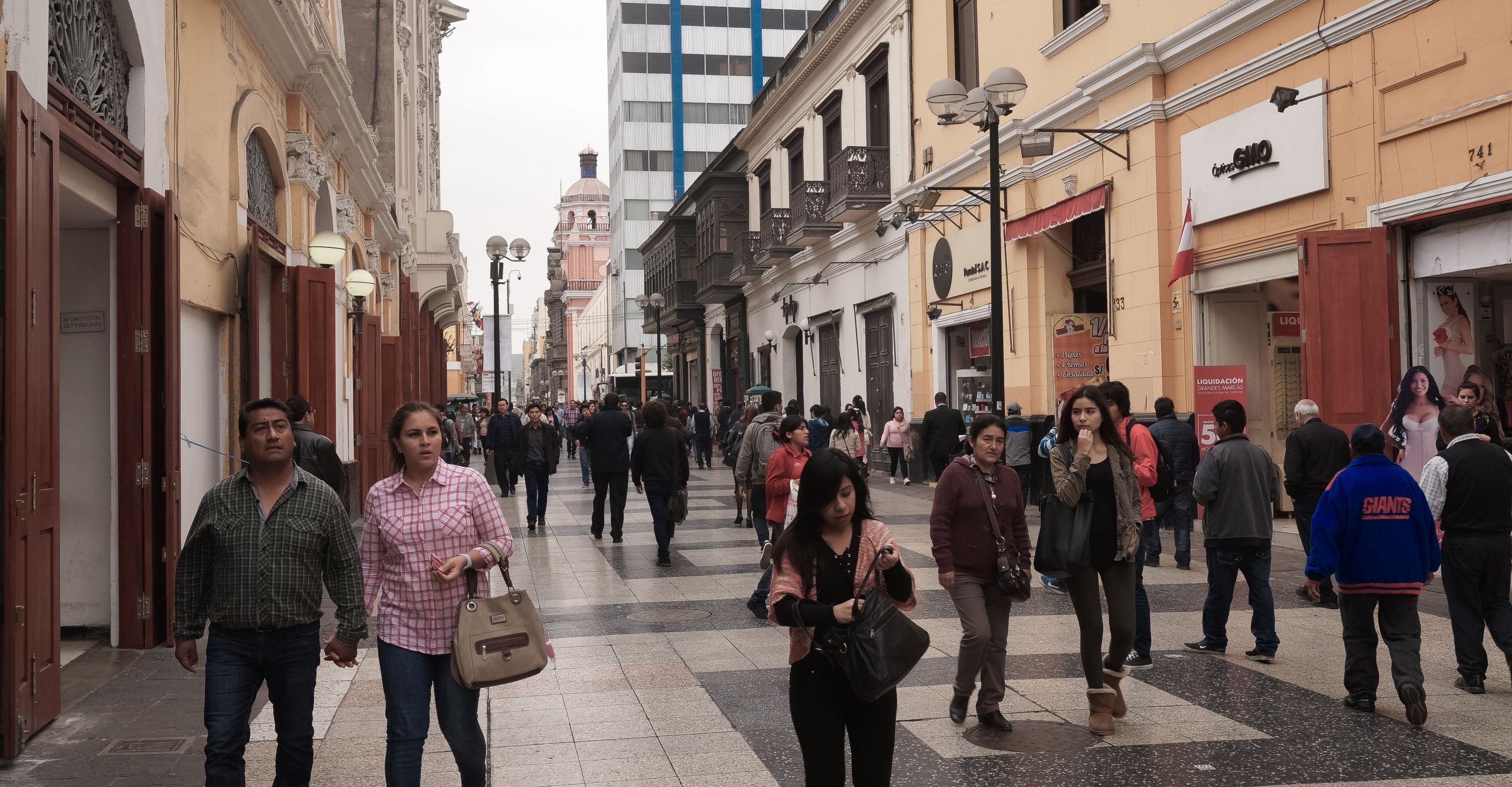
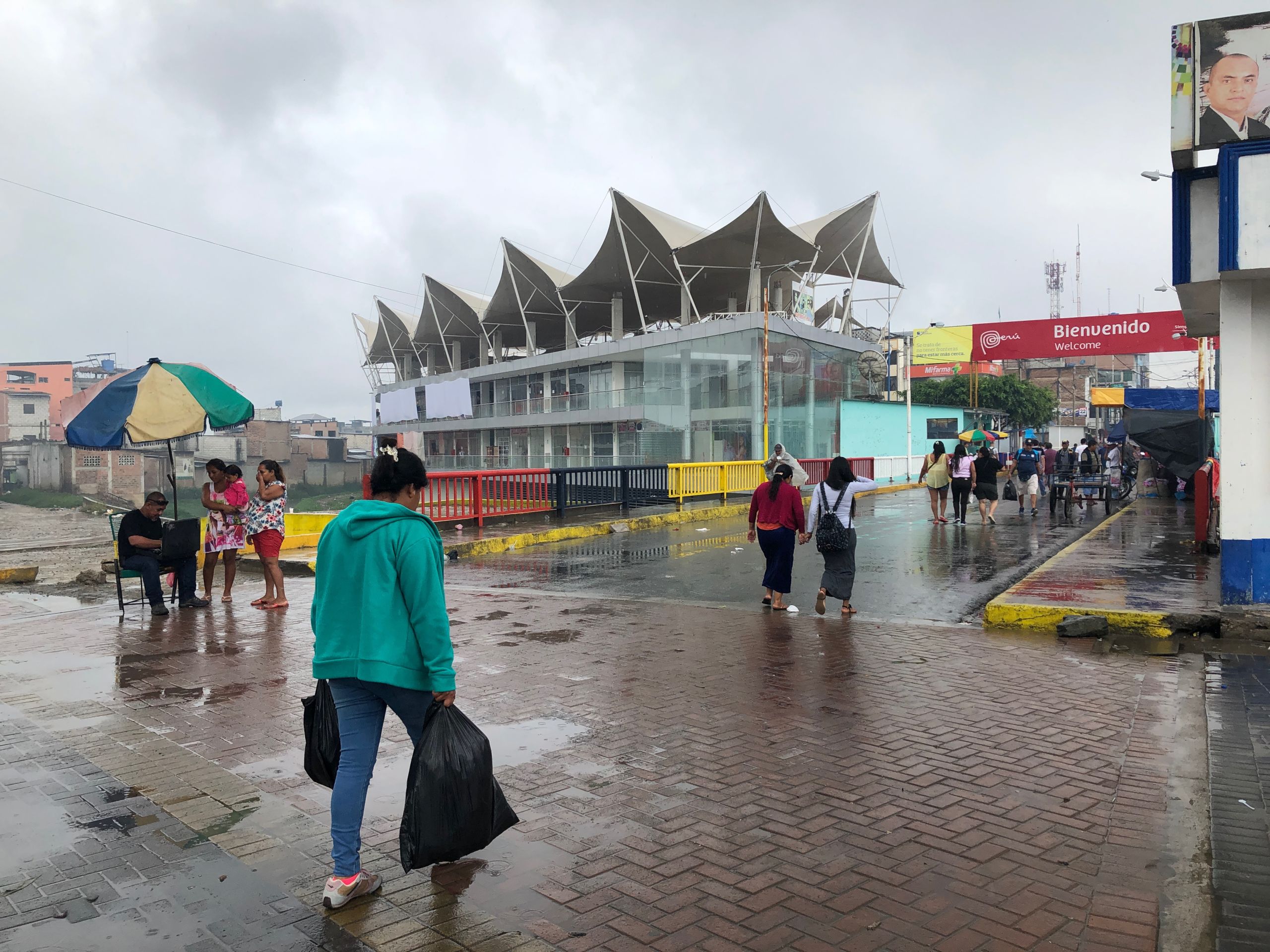
The migration effect on Peruvians
Peru expected to receive a maximum of 200,000 Venezuelan immigrants when they first introduced the temporary permit. That number has almost quadrupled.
Last year, Peruvian President Martin Vizcarra told CNN, that the Venezuelan crisis had become a Peruvian problem as the labour market has become saturated in the country.
Although the majority of Venezuelans are legally in Peru and have successfully integrated into the labour market, more than 200,000 migrants don't have the right to work in Peru. They either arrived after the temporary permit deadline or just couldn't -or didn't want to- formalise their immigration status.
A large number of them work in the illegal market, which surprisingly comprises 70% of all businesses in Peru. Their presence has been negative for all legal workers, including Venezuelans with a temporary permit, and for the country's economy.
A few weeks ago, the President of the Peruvian Central Bank said that the migration of Venezuelans has been having a negative impact in the salary growth of the informal market of the country.
Daniel Blanco, a Venezuelan journalist that lived in Peru for two years and understands a lot about the legal status of their fellow countrymen, says the illegal Venezuelan immigrants are degenerating the market and taking jobs away from the legal workers.
"Venezuelan illegal immigrants are degenerating the market" - Daniel Blanco
"Venezuelan illegal immigrants are degenerating the market" - Daniel Blanco
Daniel also mentions that this hasn't been the only negative effect that Peruvians have seen as many criminals have also migrated into Peru.
"In Lima there are some organised criminal gangs that have come from Venezuela and are very worrying. They could change the security conditions in Lima for the worst".
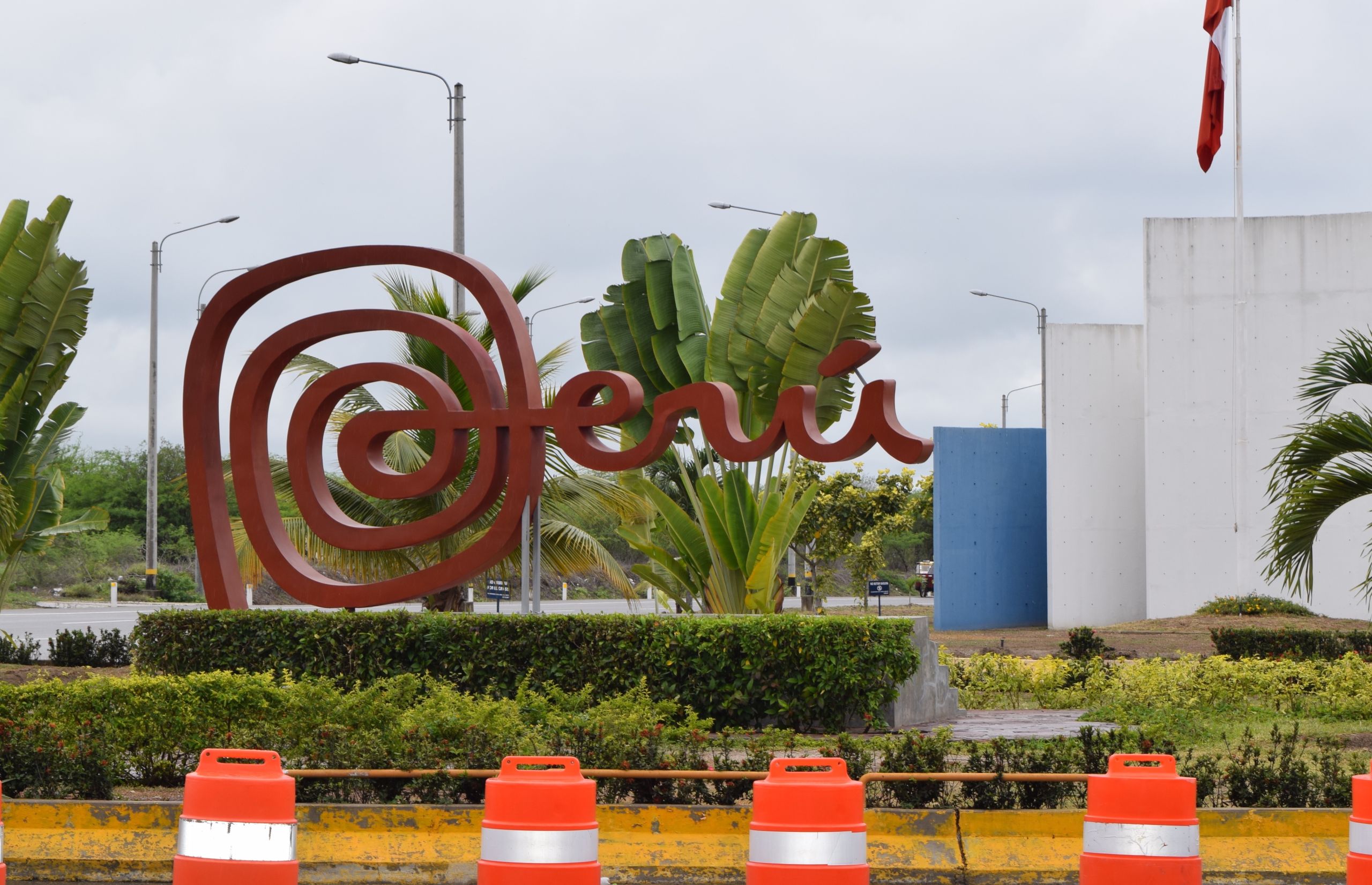
Hope, Guaido and the future
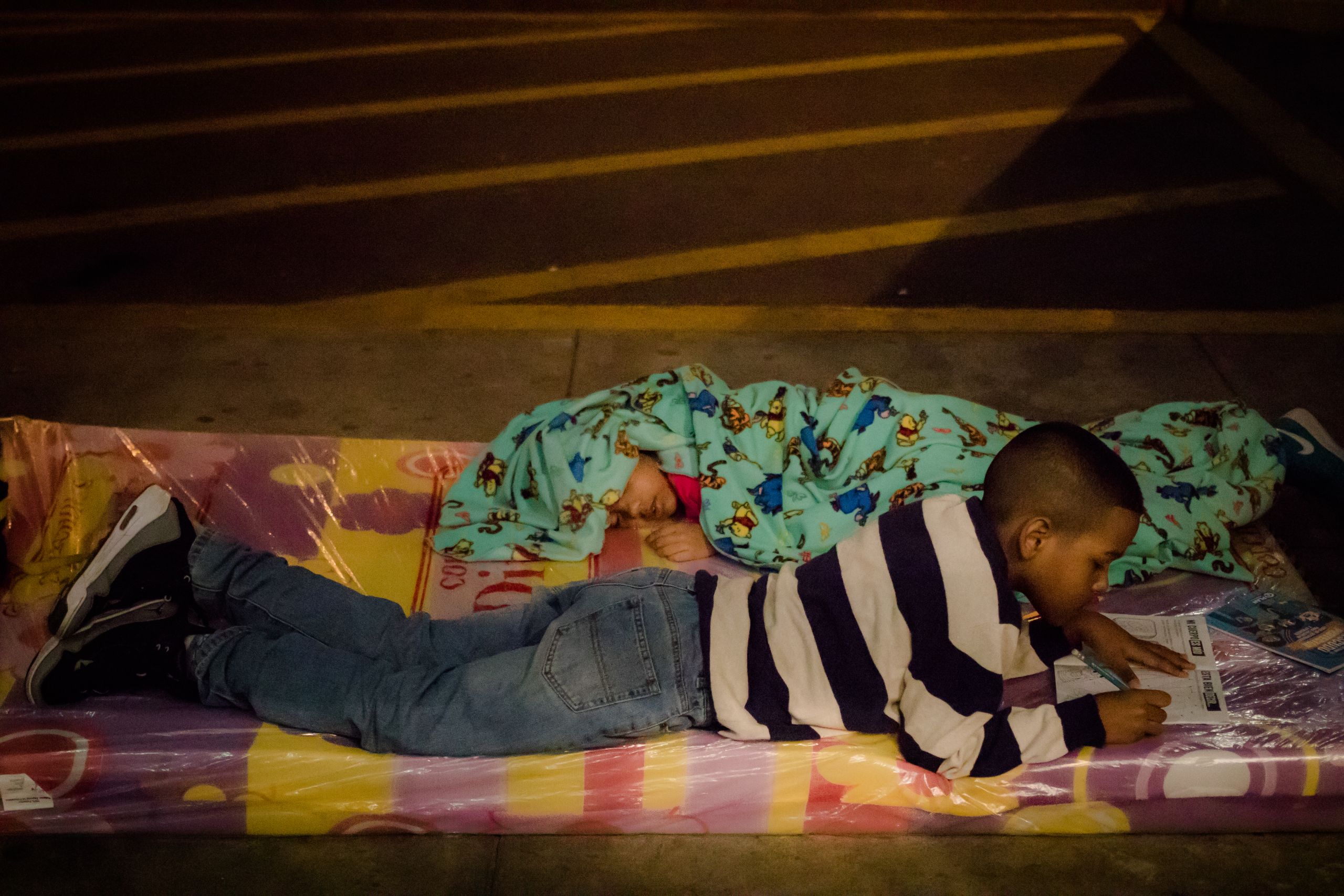
These past months have seen countless events take place in Venezuela.
The country remains under the control of President Nicolas Maduro, who has been in power since 2013 after the death of Hugo Chavez.
However, hope has reemerged in the shape of Juan Guaido, who declared himself acting president of the country, filling the hearts of many Venezuelans with optimism.
He has since been recognised as the official head of state by more than 15 countries including the United States and the United Kingdom.
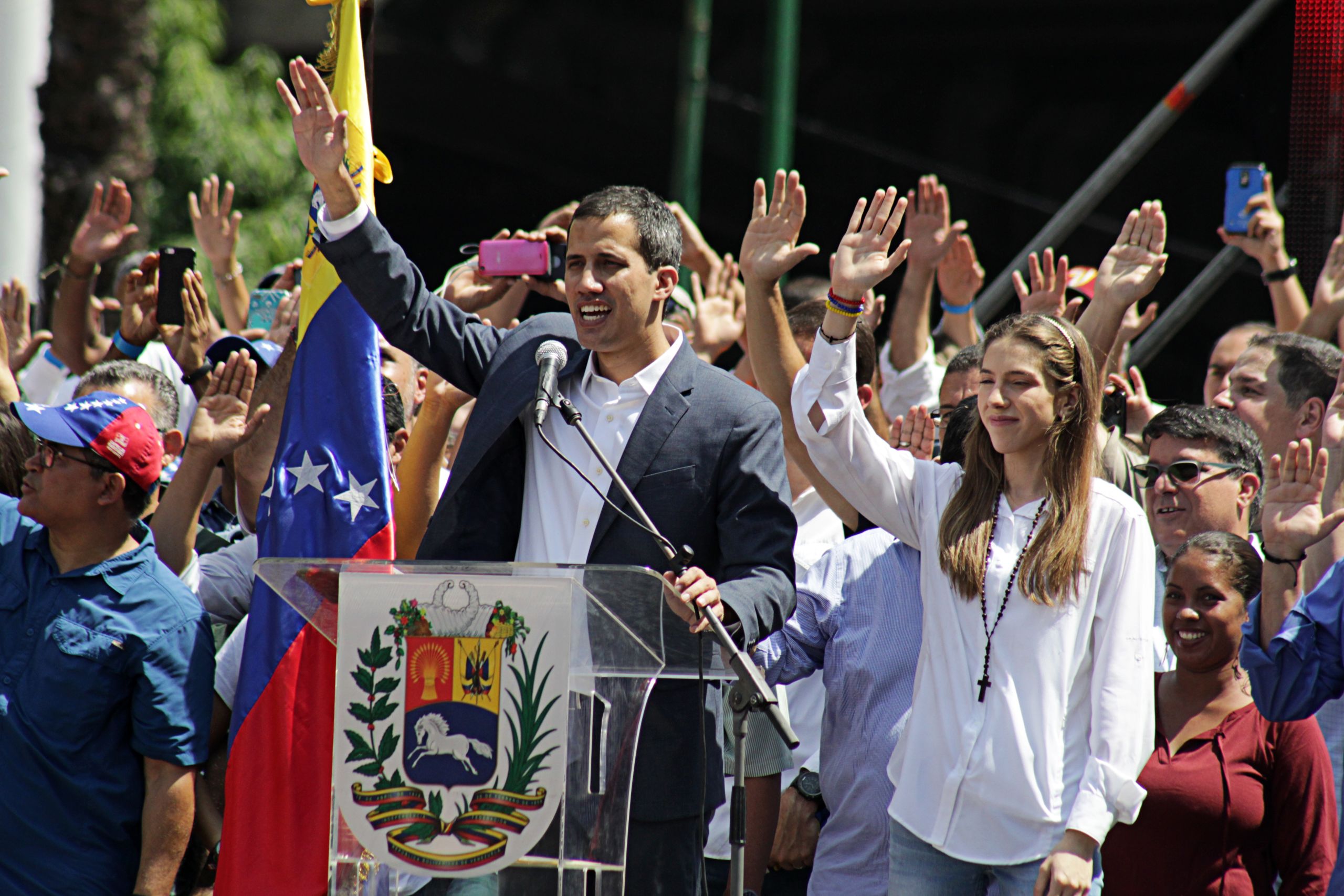
Juan Guaido at the February protests in Venezuela (Alex Cabello Leiva)
Juan Guaido at the February protests in Venezuela (Alex Cabello Leiva)
For all that, the situation in Venezuela continues to deteriorate with many cities being hit with constant blackouts in the past months and in 2019, another two million Venezuelans are expected to leave the country.
The international community has asked for Nicolas Maduro's resignation and has made call for new elections. But, Mr Maduro has consistently refused to step down and responded to the pressure by closing the border with Brazil and refusing to let humanitarian aid into the country.
However, for the first since former President Hugo Chavez' death, many believe that 'Chavismo', his socialist ideology, might finally come to an end.
The Venezuelan crisis had never received this amount of international attention and there's a clear successor backed by the international community.
Some say it's now or never. But, what will the future bring for Venezuela?
It's hard to know what happens next.
Amongst the international community, discussions have been held, statements have been made. But there's still not a clear idea of what the future holds for the country.
Meanwhile, millions of Venezuelans will continue to leave the country, just like many more did before them. Driven out of a country they loved due to the decisions of a few.
And as more neighbouring countries become saturated, Venezuelan migrants might be looking at a really bleak future.
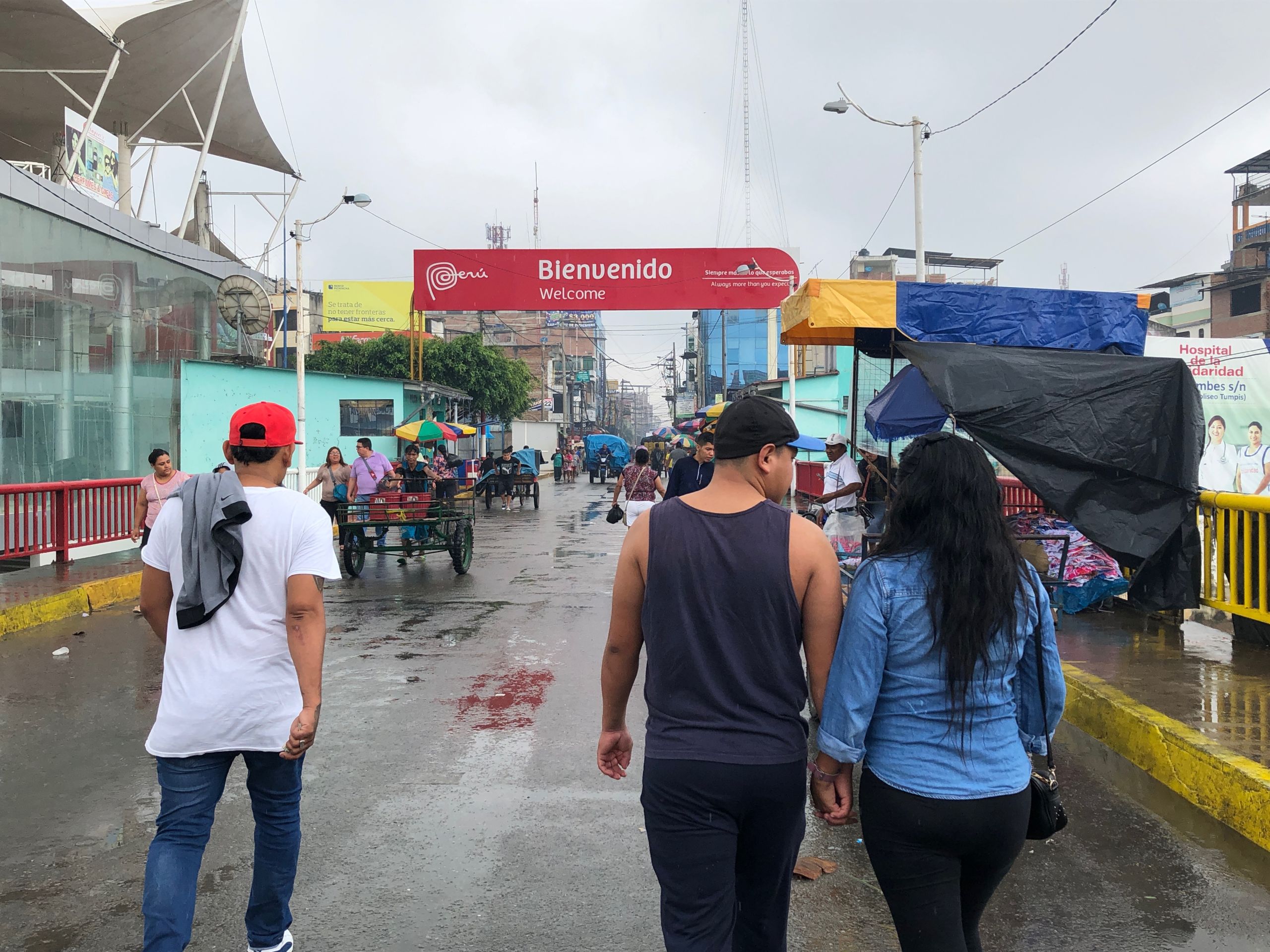
Cover picture credits: Norman Cordova Japay / Agencia Andina, Daniel Blanco.
Words and pictures: Kenneth Sanchez
